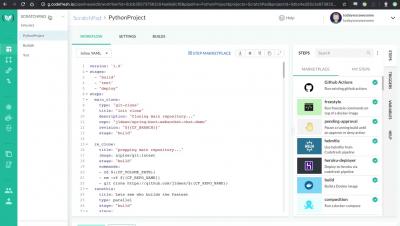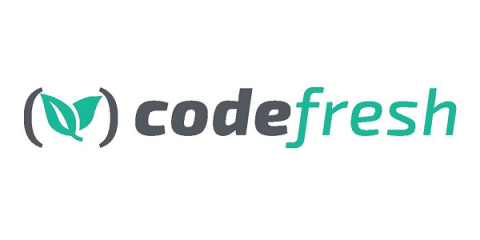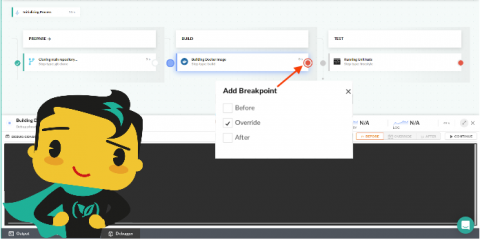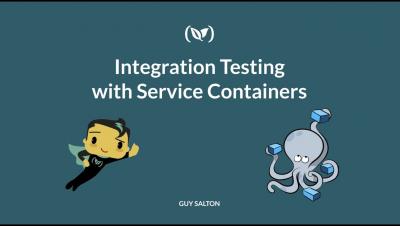Operations | Monitoring | ITSM | DevOps | Cloud
Codefresh
Let's get $100M Serious about Open Source
We as a company, and I as a human have been enormous beneficiaries of open source. I remember as a kid, my brothers setup a Renegade BBS so other people could call our computer. A few years later I built my first server running on NetBSD. And of course, we all used the internet. Open source has powered so much of my life. I still remember my first accepted open-source contribution, it was an incredibly minor fix for an HTML5 Quake game, but wow was I proud.
Our New Free Tier with Unlimited Builds, Unlimited Workflows
Close eyed observers may have noticed that we’ve been testing out a new free tier and today we’re ready to announce it to the world. From today, on, Codefresh has free unlimited builds. Yes, you read that right. We’re launching unlimited builds/workflows on our free plan. The free plan comes with everything you need to build a great CI/CD pipeline.
Codefresh adds native integration for DigitalOcean Kubernetes clusters
Today we are adding native support for DigitalOcean clusters to Codefresh. You could already connect DigitalOcean Clusters as generic clusters in the past (Codefresh works with any cluster that is compliant with the Kubernetes API) but today the process becomes much easier. One of the most important advantages of Codefresh CI/CD is the ability to work with any cloud and git provider.
Introducing the World's First CI/CD Live Debugging Tool
Today we’re announcing the first-ever solution for live debugging a CI/CD pipeline. You can now place stop/resume breakpoints and inspect live pipelines in the same way that developers debug their applications. It’s the easiest, fastest way to troubleshoot and fix bugs in complex pipelines. Live debugging is very well known to software developers and is one of the most efficient ways to find and fix bugs in application code.
Run your tests in parallel with Codefresh and Knapsack Pro
One of the most well-known problems when it comes to testing applications is the amount of time required by all test suites. Integration tests, in particular, are usually very slow to execute and depending on the type of application, several minutes (or even hours in extreme cases) are needed in order to get the final execution result. You can reduce the test execution time with several techniques, but one of the most effective methods is running your tests in parallel.
Integration Testing with Service Containers Webinar
Helm 3: Navigating to Distant Shores
Crafting the perfect Java Docker build flow
What is the bare minimum you need to build, test and run your Java application in Docker container? The recipe: Create a separate Docker image for each step and optimize the way you are running it. I started working with Java in 1998, and for a long time, it was my main programming language. It was a long love–hate relationship. During my work career, I wrote a lot of code in Java. Despite that fact, I don’t think Java is usually the right choice for microservices.
Calling Codefresh pipelines from Github actions
At Codefresh we are all about collaboration and reusing existing standards instead of implementing proprietary solutions. A Codefresh pipeline is based on a series of Docker containers that act as individual steps. All Codefresh plugins are also just Docker images which means that extending a Codefresh pipeline is the same thing as writing a Dockerfile. Github has recently announced an integrated automation solution called Actions.











